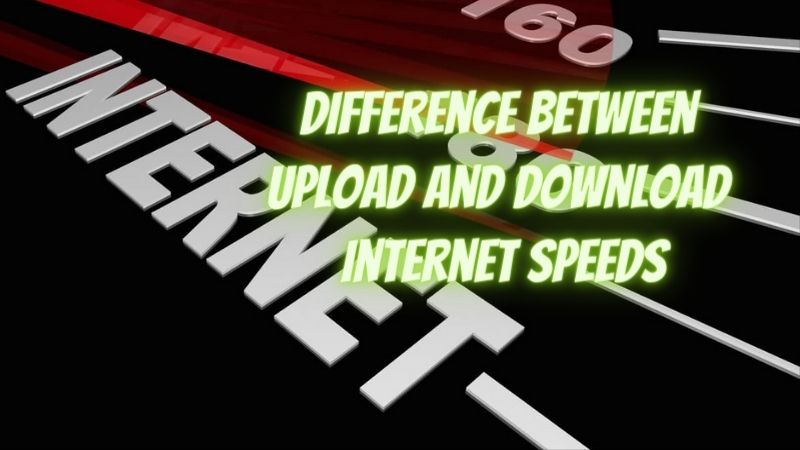When you use the internet in your home for just about anything from emailing to playing games, you need to know the details about the upload and download speeds. When you choose a provider and select what you think would be the fastest speeds possible, you could soon see that it’s not what you need for the activities that are performed online by members of your household. Sometimes, you’ll see a spinning wheel on your screen that indicates your device is thinking about connecting to the internet because the speed is so slow.
The Process
Think about your internet speed as the amount of data that can be transferred each second through your connection. When you look at the Mbps data, this is how fast the speed is from your internet provider, otherwise known as the download speed. You need to remember that internet speeds run in two different ways, which is why the numbers that you see when you choose an internet provider are important.
Download
The speed that it takes for data to get from a server to your device is the download speed. It’s usually faster than the upload speed because it’s what you use the most while you’re using the internet. Data could include text messages, video games, or audio files. If you watch videos on Netflix or other streaming services or if you listen to music, then it relies on download speeds. The average download speed is 25 Mbps according to the Federal Communications Commission. This is what the FCC wants providers to strive to offer to customers. The overall speed in your home could be a bit slower if there are several devices connected to the internet at one time or if there are several people using the internet at one time. If there are multiple devices or users, then you might want to consider going a bit higher with download speeds, such as 50 Mbps.
Upload
The speed that you send data to other devices is the upload speed. Even though the download speed is usually what see regarding internet service, you also need the upload aspect as you will likely need to send information to other people. Tasks that require upload speed include sending messages, playing games online, and using Zoom or other video call sites. An average upload speed is 3 Mbps. However, if you frequently send messages to other people or send a lot of information online, then you might want to bump up that speed to 5 or even 10 Mbps.
Bandwidth
Think of the bandwidth of your internet service like a highway. As you increase the bandwidth or the number of lanes that you have, it’s easier to data to flow through and travel faster. When you increase the Mbps, you’re going to increase the flow of traffic, which should be higher depending on what you use the internet for in your home.
Most internet providers will have much faster download speeds than upload speeds because of the nature of how you’ll use the internet. You can always increase or decrease the speeds depending on how fast or slow you see that the service is once it’s connected in your home. Keep in mind that as you increase the speeds, you’re likely going to pay more money each month because you’re asking more of your provider.




